| Structure | Name/CAS No. | Articles |
|---|---|---|
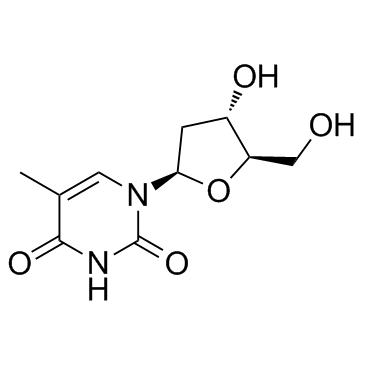 |
Thymidine
CAS:50-89-5 |
|
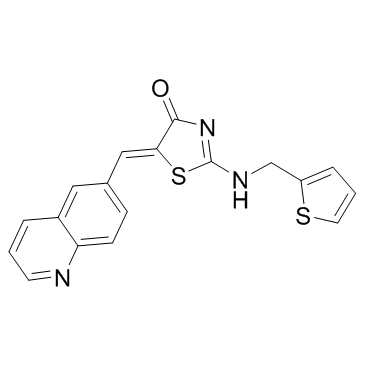 |
RO-3306
CAS:872573-93-8 |
|
 |
Tumor Necrosis Factor-α, human
CAS:94948-59-1 |
|
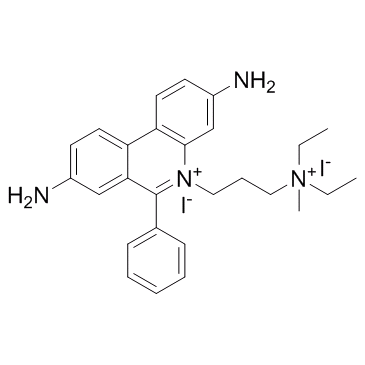 |
Propidium Iodide
CAS:25535-16-4 |
|
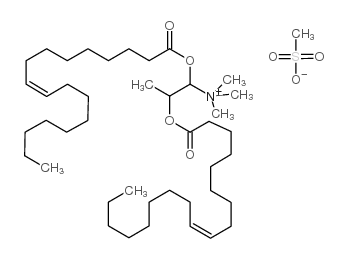 |
DOTAP Transfection Reagent
CAS:144189-73-1 |
|
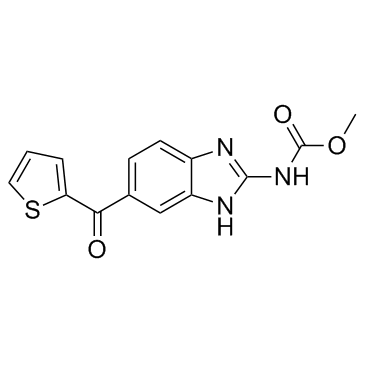 |
Nocodazole
CAS:31430-18-9 |